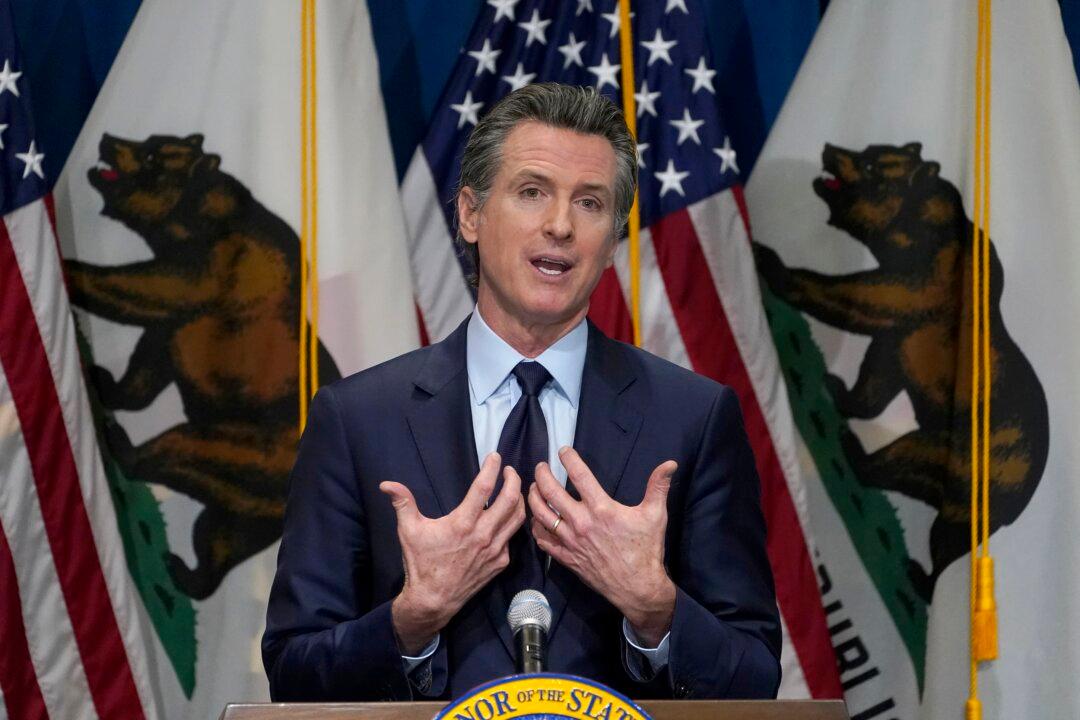Commentary
The most important California government document every year is the governor’s January budget proposal. The one for fiscal year 2023-24, which begins on July 1, will be released Jan. 10 by Gov. Gavin Newsom.

The most important California government document every year is the governor’s January budget proposal. The one for fiscal year 2023-24, which begins on July 1, will be released Jan. 10 by Gov. Gavin Newsom.